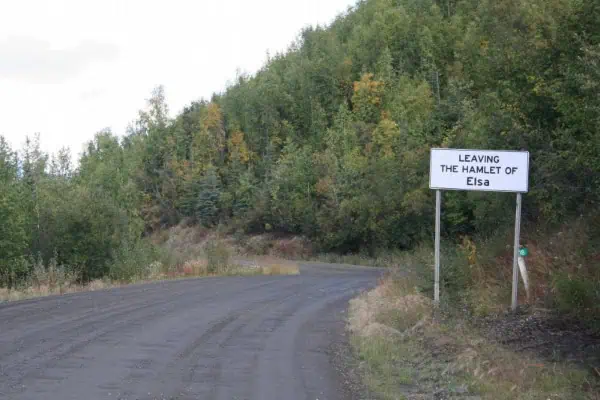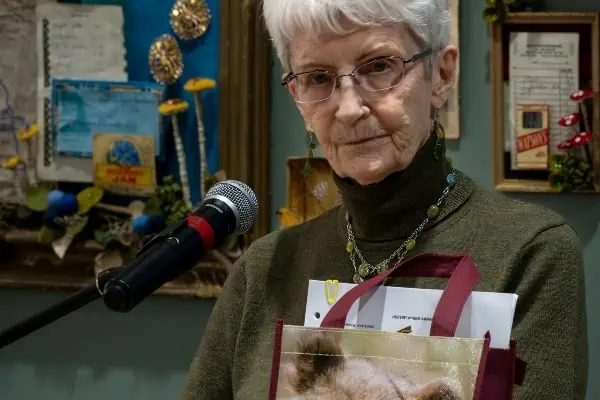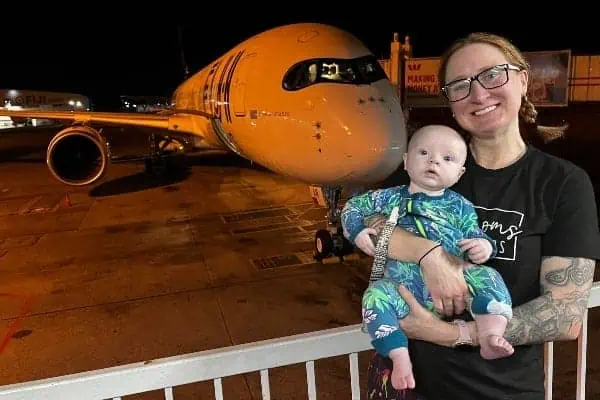Summer, with its long daylight hours, is a great time to travel around the Yukon. We started our travels the summer after we arrived, trading up from a VW Beetle to a Ford 150, and loading a second hand 8 ½ foot camper on the back. Over the next several years we covered all the main travel loops in the territory and also crisscrossed the country.
An impending addition to the family caused us to upgrade again in 1982, switching to a larger camper and a GMC crew-cab. That rig never crossed the nation, but saw a lot of the Yukon, British Columbia and Alberta, until a combination of visits to the family back east and summer jobs for the kids here left the camper sitting in the back lane parking pad until we sold the entire rig, bought an SUV and went without for a few years.
Mid-way through the life of the Explorer we bought a trailer and, as the kids had graduated high school, began travelling as a couple once again. The SUV was a little underpowered for some parts of the Alaska Highway, but it served us well (including the time a moose hit us near Barkerville) until it was time for something with a bit more power.
A lot of our summer travel now involves hooking our 21-foot Coachmen Capri trailer to our crew cab Tacoma. According to the folks at the Alaska Marine Highway service, that brings us to a total of about 51 feet and, while that is tiny compared to many of the fifth wheel rigs and land yachts we encountered on our most recent little trip around the territory, it does force me to drive differently – even more than hauling campers used to do.
I need to pay more attention to gusts of wind sweeping across the road. I need to be more careful when driving in the rain. The truck is pretty stable, but the trailer can sway a bit on rain-slickened surfaces, especially on downhill curves.
For the sake of fuel economy I need to keep our speed down to between 2000 and 2500 RPM, which generally translates to between 80 and 95 kph, depending on the grade of the road. Go above that, and the gas gauge shows the tank emptying much more quickly.
Even then, the extra weight more than doubles our gas consumption, which means two half-tank fill ups between here and the capital. The truck alone could make the trip on one tank with a smidgen to spare, but we generally top up two-thirds of the way in either direction.
This summer’s week-long excursion had me picking up my wife in Whitehorse, where she’d been doing some youth work at Christ Church Cathedral, and travelling to Beaver Creek, where our Yukon journey began in 1976. We had been going to loop back over the Taylor/Top of the World Highway, but my passport got left in the laptop computer bag that I forgot to put in the truck, so we reversed, back to Whitehorse, realised that the campground in Faro would be full due to their annual golf tournament, and opted to visit Mayo and Keno City for a couple of days on our way home.
The roads were fine, except in places where construction is underway to improve them. If you’re planning to enjoy our highways, expect some delays and usummer, with its long daylight hours, is a great time to travel around the Yukon. e common sense. It rained about half the time we were gone, but the trailer is homey and we had a good time, even played a few games of Scrabble, which never happens at home.




